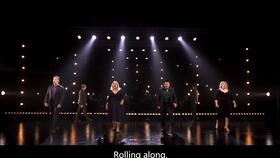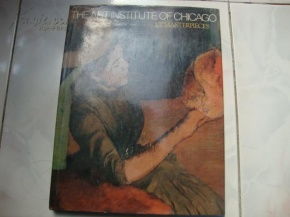Article Content:
Fishing, an ancient and cherished pastime, requires not only a passion for nature but also a certain level of skill and know-how. One of the most critical components of fishing is the fishing rod, which serves as the bridge between angler and prey. Whether you are a seasoned fisherman or a beginner, learning how to properly assemble a fishing rod can greatly enhance your experience on the water. In this article, we will delve into the essential steps and techniques to help you master the art of fishing rod assembly, accompanied by helpful visuals for a clearer understanding.
Gather Your Materials
Before diving into the assembly process, it's essential to gather all the necessary materials. Here's a list of items you will need:
- Fishing rod
- Fishing reel
- Line
- Leader
- Hooks
- Sinkers or floats
- Terminal tackle (swivels, clips, etc.)
Inspect Your Rod
Before assembling your fishing rod, inspect it for any damages or defects. Ensure that the rod sections are in good condition and that the rod is free of any kinks or bends.
Attach the Reel to the Rod
Start by attaching the reel to the fishing rod. Place the reel seat over the ferrule of the rod and gently push it down until it locks into place. Be sure to tighten the reel seat securely to prevent it from coming loose during casting or fishing.
Spool the Line
Now it's time to spool the line onto the reel. Thread the line through the guides on the rod, starting from the tip and working your way down to the reel seat. Ensure that the line is tight and does not sag between the guides.
Once the line is through the guides, attach it to the spool. You can do this by using a line knot, such as an improved clinch knot or a blood knot. Make sure the knot is secure and won't come loose under tension.
Attach the Leader
A leader is a piece of monofilament or fluorocarbon line that connects the main line to the hook. It's essential for protecting the main line from abrasive surfaces and adding a certain amount of stretch to your setup.
To attach the leader, thread it through the eye of the hook and then through the eye of the swivel. Next, tie a knot, such as a surgeon's knot or a palomar knot, to secure the leader to the hook.
Add Terminal Tackle
Terminal tackle refers to the various pieces of equipment that attach to the end of the line, such as hooks, sinkers, and floats. Depending on the type of fishing you are doing, you may need to add different terminal tackle to your setup.
To add terminal tackle, thread the hook through the eye of the sinker or float. Then, attach the sinker or float to the line using a snap or a swivel.
Cast and Adjust
Now that your fishing rod is assembled, it's time to cast and adjust. Hold the rod with both hands, one hand on the reel and the other near the rod tip. Bring the rod back to your shoulder and then forward, casting the line out into the water.
After casting, observe the action of the rod and adjust the tension and length of the line as needed. You may need to trim the line or adjust the weight of the sinker to ensure a smooth and accurate cast.
Visual Illustrations
To help you better understand the steps outlined above, we have included several visual illustrations that demonstrate each stage of the fishing rod assembly process. These images will serve as a helpful guide as you learn how to assemble your fishing rod.
In conclusion, mastering the art of fishing rod assembly is a valuable skill that will enhance your fishing experience. By following these steps and utilizing the provided visual illustrations, you will be well on your way to becoming a confident and skilled angler. Happy fishing!












